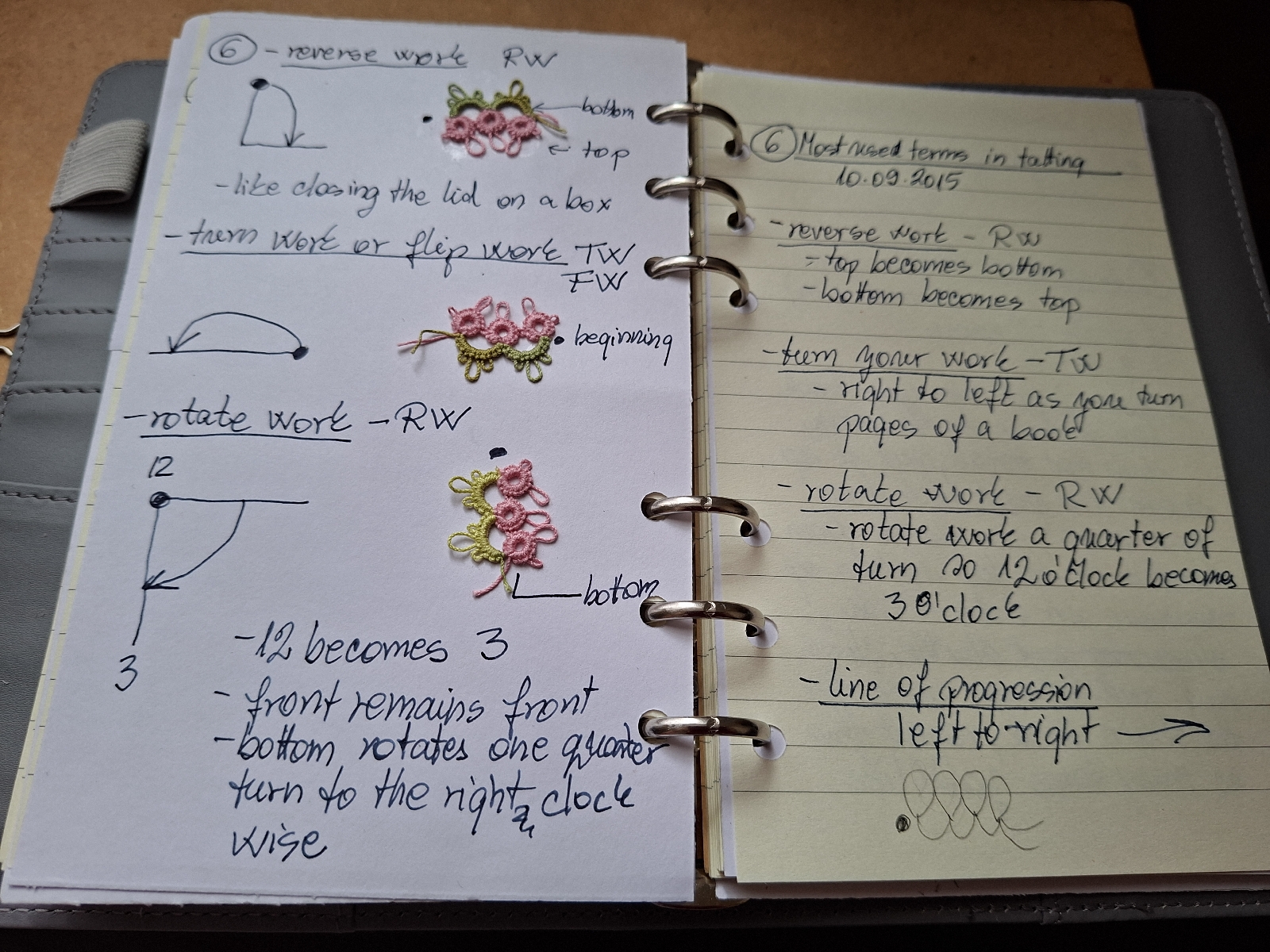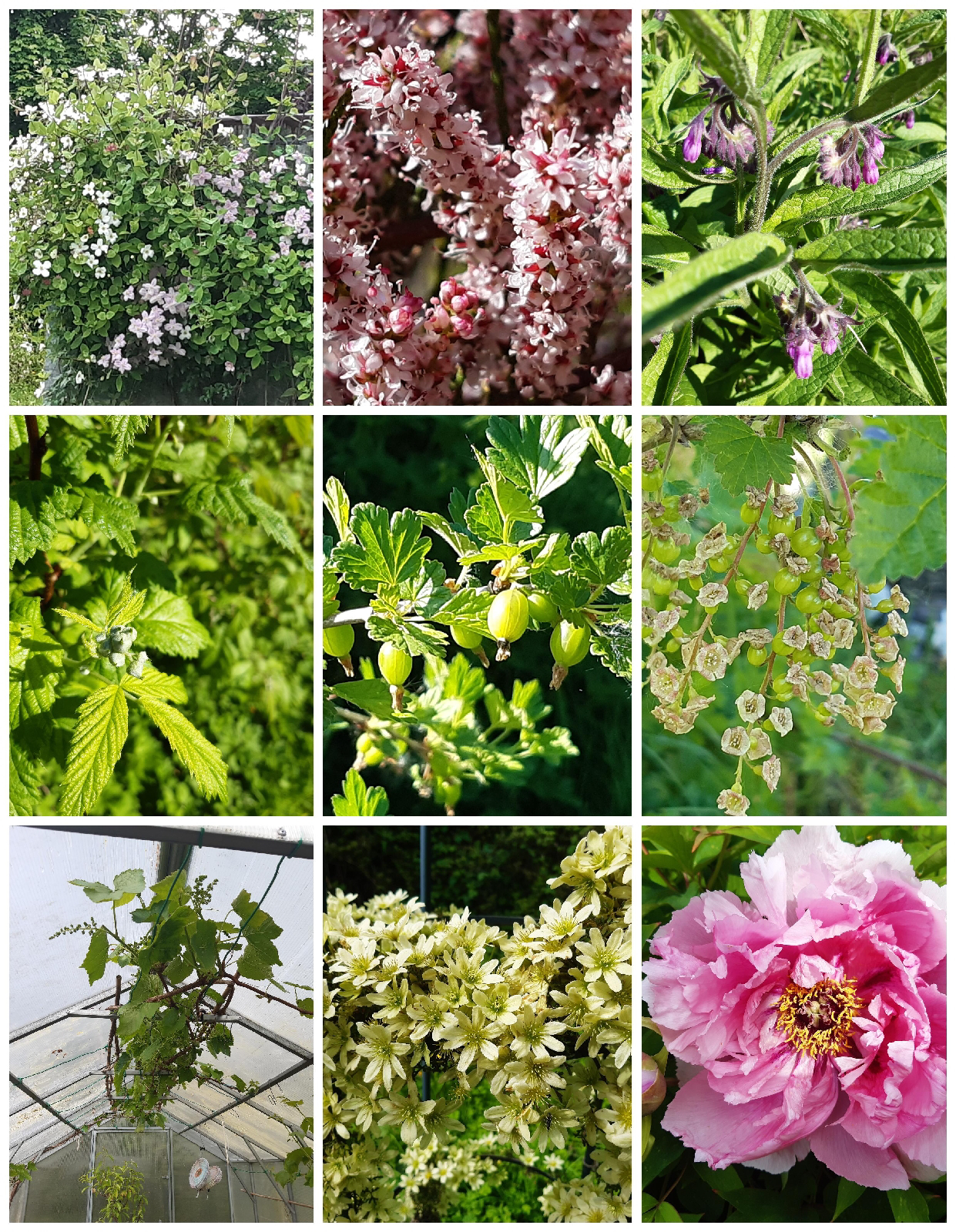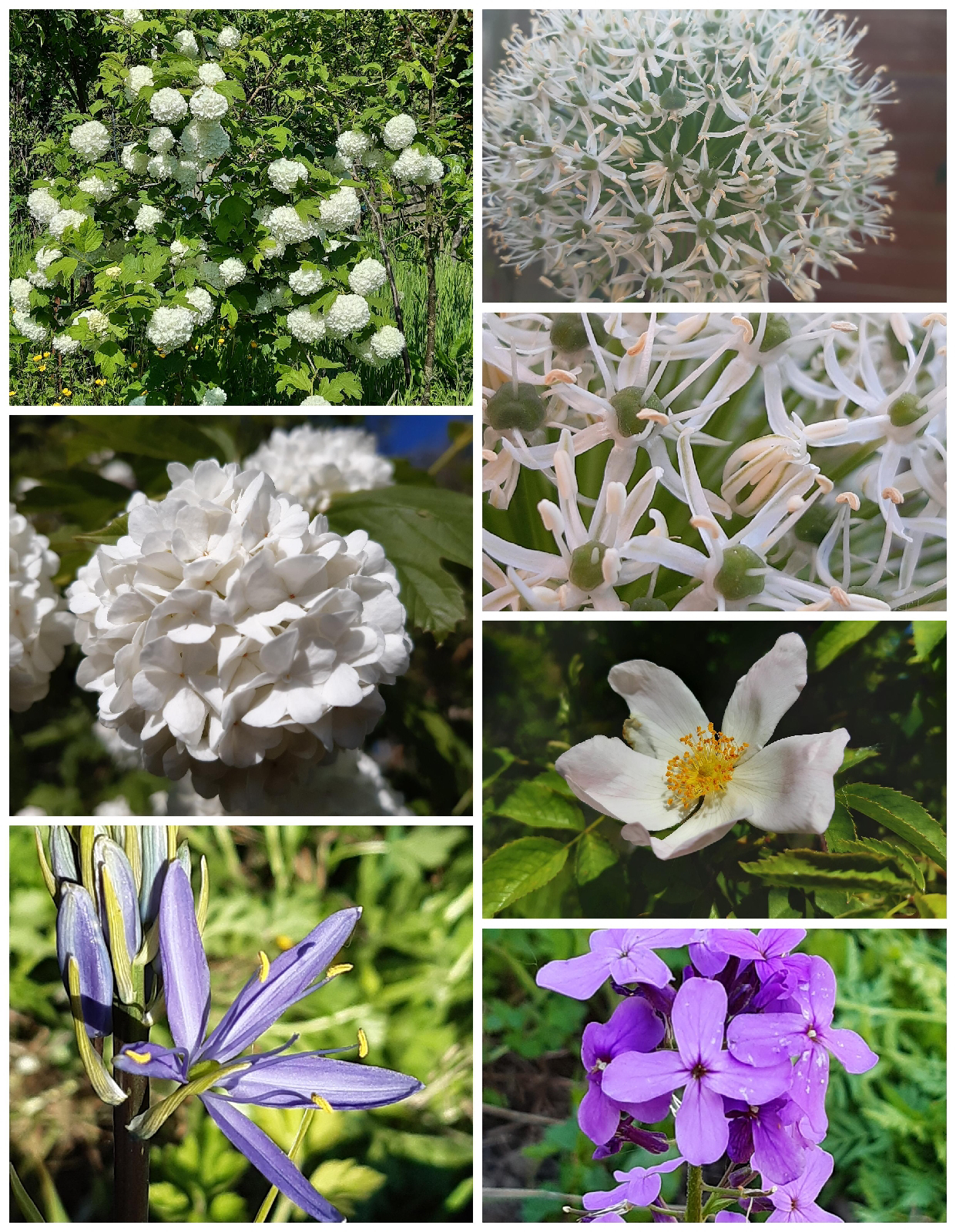Tatting is a type of lacemaking that involves creating intricate patterns with knots and loops using a shuttle and thread or needle and thread. It's a delicate craft, often used to make edgings, doilies, or even jewelry. While its exact origins are unclear, tatting is thought to have evolved from knotting techniques and gained popularity in the 19th century with the availability of finer threads.
Here's a more detailed look:
What it is: Tatting is a lacemaking technique that uses a shuttles or needles to create knots and loops, forming a variety of decorative patterns.
How it's done: A tatting shuttle holds the thread, which is manipulated to create double stitches that form rings and chains, formed from a series of cow hitch or half-hitch knots, called double stitches, over a core thread. Gaps can be left between the stitches to form picots, which are used for practical construction as well as decorative effect.
In German, tatting is usually known by the Italian-derived word Occhi or as Schiffchenarbeit, which means "work of the little boat", referring to the boat-shaped shuttle; in Italian, tatting is called chiacchierino, which means "chatty".
The earliest evidence for needle tatting dates from April 1917, in an article by M.E. Rozella, published in The Modern Priscilla.[5] A tatting needle is a long, blunt needle that does not change thickness at the eye of the needle. The needle used must match the thickness of the thread chosen for the project. Rather than winding the shuttle, the needle is threaded with a length of thread. To work with a second color, a second needle is used. Although needle tatting looks similar to shuttle tatting, it differs in structure and is slightly thicker and looser because both the needle and the thread must pass through the stitches. However, it may be seen that the Victorian tatting pin would function as a tatting needle. As well, Florence Hartley refers in The Ladies' Hand Book of Fancy and Ornamental Work (1859) to the use of the tatting needle, so it must have originated prior to the mid-1800s. In the late 20th century, tatting needles became commercially available in a variety of sizes, from fingering yarn (s sock yarn or thin wool yarn used for embroidery) down to size 80 tatting thread. Few patterns are written specifically for needle tatting; some shuttle tatting patterns may be used without modification.
Materials: Tatting typically uses a specialized shuttle and thread, often a fine cotton thread, though other materials can be used. A small crochet hook or needle is sometimes used to help with joining picots or working with finer threads. Older designs, especially through the early 1900s, tend to use fine white or ivory thread (50 to 100 widths to the inch) and intricate designs. Often they were constructed of small pieces 10 cm or less in diameter, which were then tied to each other to form a larger piece — a shawl, veil or umbrella, for example. This thread was either made of silk or a silk blend, to allow for improper stitches to be easily removed. The mercerization process strengthened cotton threads and spread their use in tatting. Newer designs from the 1920s and onward often use thicker thread in one or more colors, as well as newer joining methods, to reduce the number of thread ends to be hidden. The best thread for tatting is a "hard" thread that does not untwist readily. Cordonnet thread is a common tatting thread; Perl cotton is an example of a beautiful cord that is nonetheless a bit loose for tatting purposes. Some tatting designs incorporate ribbons and beads.
History: While some believe tatting evolved from knotting techniques used centuries ago, the form we recognize today emerged in the 19th century. The first published article in 1851 on how to join Picots with a crochet hook greatly speeded up the work.. 1864 saw the arrival of the second shuttle or Ball Thread, which was used for working a chain. This was attributed to Eleanor Riego.
In "The Crochet Book, Fourth Series," Eléonore Riego de la Branchardière exemplifies an innovative approach to crochet, blending exquisite technical detail with an artistic flair. The book serves as a comprehensive guide, showcasing patterns that range from the intricate to the accessible, reflecting the Victorian era's fascination with domestic arts. Riego de la Branchardière's prose is imbued with a conversational yet authoritative tone, allowing both novices and skilled artisans to engage deeply with the craft. The volume not only presents a collection of patterns but also contextualizes crochet within the broader tapestry of 19th-century fiber arts, inspiring readers to appreciate the social and aesthetic dimensions of their work. As an influential figure in the realm of needlework literature, Riego de la Branchardière draws from her own extensive experience in textile arts, as well as the aesthetic movements surrounding her. Her passion for crochet is evident in the meticulous instruction and evocative illustrations that characterize this series. Through her work, she both preserves and innovates traditional techniques, appealing to a generation eager for both guidance and inspiration. Recommended for both aspiring crafters and seasoned practitioners, "The Crochet Book, Fourth Series" is a treasure trove of creativity that invites readers to explore their artistic talents. With its rich historical context and practical guidance, this book stands as an essential resource, advocating was a luminary in the nineteenth-century needlework revival, a period which saw an explosion of interest in crafts and domestic arts. Known particularly for her pioneering work in crochet, Riego de la Branchardière is credited with popularizing the lace-like crochet technique known as 'Irish crochet,' which emulated fine Venetian point laces. Her manual 'The Crochet Book, Fourth Series' is one of the many she authored, contributing significantly to the Victorian craft movement. Throughout her works, Eléonore emphasized precision, creativity, and the educational value of needlework. Her books provided clear instructions and patterns that were accessible to a wide audience, enabling the refinement of skills in the comfort of one's home. Not only are her publications of historical interest, but they remain valuable resources to present-day crafters seeking to explore traditional techniques. Riego de la Branchardière's literary style is characterized by its didactic tone and attention to detail, reflecting her dedication to imparting her mastery to others. Though definitive biographical details are sparse, her literary output testifies to an enduring legacy in the fields of crochet and handicrafts, signaling her as a paragon of the Victorian craft movement.
Tatting may have developed from netting and decorative ropework as sailors and fishermen would put together motifs for girlfriends and wives at home. Decorative ropework employed on ships includes techniques (esp. coxcombing) that show striking similarity with tatting.
Some believe tatting originated over 200 years ago, often citing shuttles seen in 18th-century paintings of women such as Charlotte of Mecklenburg-Strelitz, Princess Marie Adélaïde of France, and Anne, Countess of Albemarle. A close inspection of those paintings, however, shows that the shuttles in question are too large to be tatting shuttles, and that they are actually knotting shuttles. There is no documentation of or examples of tatted lace that dates prior to 1800. All available evidence shows that tatting originated in the early 19th century. However, recent research by Cary Karp demonstrates some potential connections between the two fiber arts. According to Karp, "Knotting and tatting did appear sequentially in the historical record and can reasonably be regarded separately...the demarcation between the structures that characterise knotting, and the central elements of tatting, was not as clear cut as is often maintained."
As most fashion magazines and home economics magazines from the first half of the 20th century attest, tatting had a substantial following. When fashion included feminine touches such as lace collars and cuffs, and inexpensive yet nice baby shower gifts were needed, this creative art flourished. As the fashion moved to a more modern look and technology made lace an easy and inexpensive commodity to purchase, hand-made lace began to decline. Tatting has been used in occupational therapy to keep convalescent patients' hands and minds active during recovery, as documented, for example, in Betty MacDonald's The Plague & I.
And here's aa bit of history that involves my 2nd hometown
Uses: Tatting is used to create a wide range of items, including edgings for linens, doilies, collars, and jewelry like earrings, necklaces, brooches, bracelets, baby stuff, wedding stuff etc. Tatting is fun, it takes us a very small space in your bag, pocket (if you are carrying your shuttles with you, you cant do that with your needles), doesn't require a ton of supplies (shuttle, ball of thread, crochet hook and scissors), it's also the least expensive of all crafts.
Distinction from Crochet: While both are forms of lacemaking, crochet uses a hook to create loops and stitches, while tatting uses knots and a shuttle. Tatting also tends to produce more durable and intricate lace.
Bit more about tatting here
Resources:
- Wikipedia
- Guild of Irish Lace Makers
Www.irishlaceguild.com
- www.britannica.com
- Pam Palmer: Tatting (permission to use the page from her Mom's book was given to me by her daughter Sarah Baldock)




















































